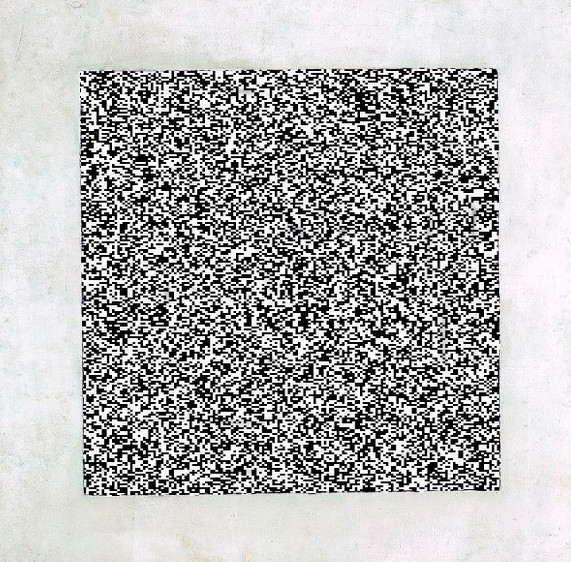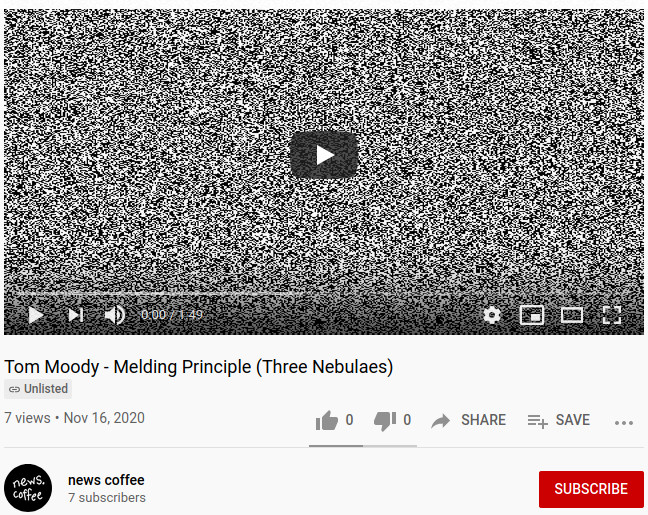December 4 - I'll be posting a conversation with John Parker, who I've collaborated with in art and music since 2004. We did an interview that year and decided to have a 16 year follow-up to discuss "where we are at" at the present moment in our work and thinking, and how we got there.
December 12 - The ICOSA Collective in Austin, TX, chose a musical work of Parker's for a group exhibit called Transmissions. The work appears under his St Celfer alias and relates to a project he did in São Paulo called The Space Between Points [see also]. For the Austin show he'll be debuting a joint project of ours called eleven tracks, a mixtape of sorts where I picked five tracks of his (including the one selected by ICOSA) and he picked six tracks of mine (because mine are shorter) and we discuss them. The mixtape will be "shown" on YouTube and physically projected in the space. The upload to YT will include bonus content that's been added using John Romero's Pitahaya program.
December 13 - eleven tracks, a musical LP by St Celfer and Tom Moody, launches on Bandcamp.


